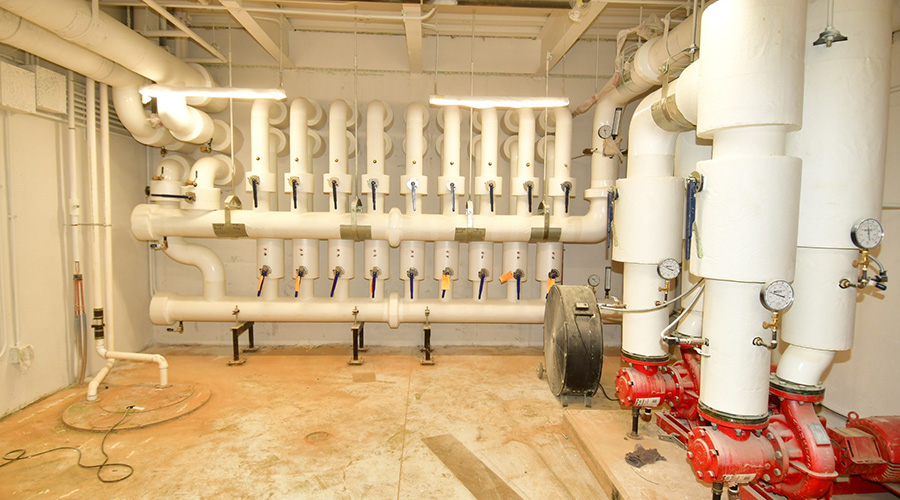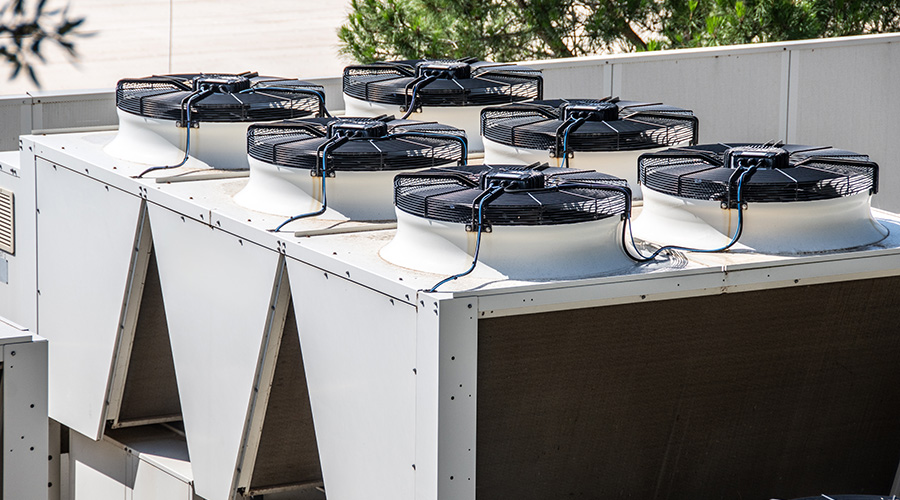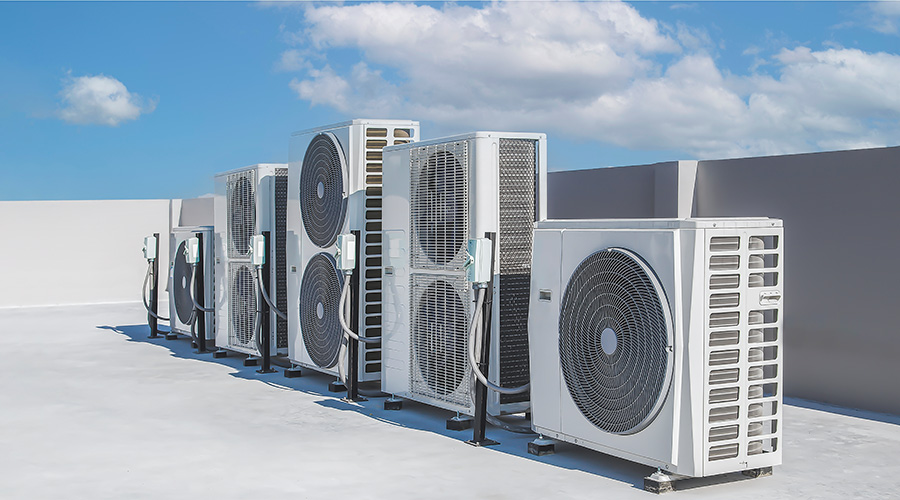High School Improves HVAC Efficiency and ADA Compliance
Before the renovation of 86-year-old Belmont High School, the facility’s rundown condition was similar to the state of many schools before the district implemented the modernization and construction program.
“One of the terms that’s been used in the past is, it was a tired school,” Gamble says. “It was old. It was overcrowded. It was just a tired school, and it needed to be completely redone. A lot of the projects were driven that direction.”
The district completed a range of repair and modernization projects inside the 300,000-square-foot high school, but the HVAC system was a primary concern in Belmont, as it was in many other schools.
“We were ‘band-aiding’ HVAC systems as much as we could,” Gamble says. “We would just be out of control as far as service calls are concerned.”
Belmont’s HVAC projects include:
• installing new air-mixing boxes with electronic temperature controls to regulate the conditioning of hot and cold air
• specifying air-handler motors and variable-speed-drive controls
• cleaning existing hot and cold ductwork and buying new ductwork and ceiling diffusers for classrooms
• upgrading fire-safety features with new fire and smoke dampers.
Belmont’s repair and modernization budget is more than $31 million, and the district has yet to complete certain projects, including renovating an athletic field and retrofitting the fire-alarm system. But along with the HVAC projects, the district fully remodeled 51 restrooms and brought the school into compliance with the Americans with Disabilities Act (ADA).
Restroom renovations included:
• demolition and metal reframing of walls
• new piping, insulation and exhaust fans
• new toilets, mirrors, shelves, partitions, dispensers and electric hand dryers
• new lighting, floors, wall tiles, doors and ceilings.
Projects to ensure ADA compliance included:
• adding eight handicap-accessible ramps
• installing 21 accessible water fountains
• specifying two handicap-accessible elevators
• purchasing a chair lift
• providing Braille signs for restrooms, exits and classrooms.
The underlying premise behind many of the district’s modernization and repair projects is improving schools’ energy efficiency and lessening their impact on the environment. Projects at Belmont reduced energy use and utility costs, Gamble says.
“For the most part, when you are able to replace a system that you’ve been trying to repair, the situation is better,” he says. “Sometimes, they’re coming in with more sophisticated equipment and systems. I’m having to now reshape my work force to be able to maintain those systems, so there’s a learning curve there. Once you get past the learning curve, it’s fine, but it can be painful at first as you learn exactly how to troubleshoot a system.”
Related Topics:















